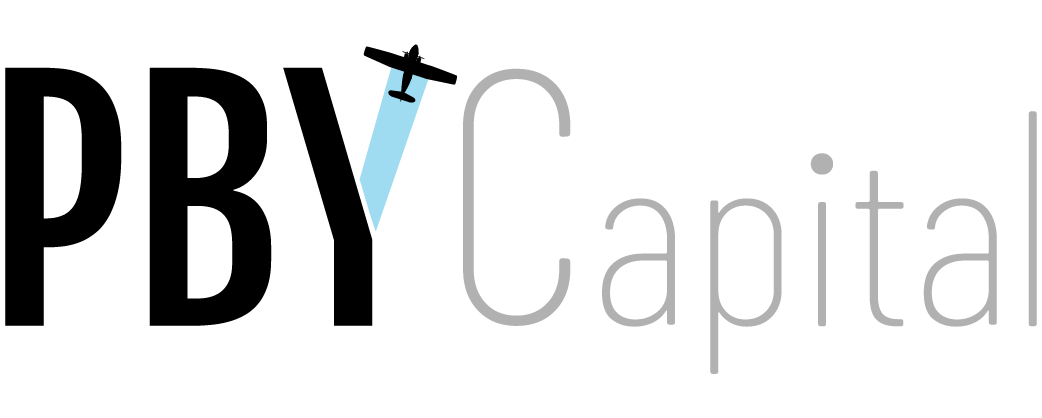Life insurance offers untapped potential in high-net-worth planning
Sophisticated advisers begin to value life insurance as a central building block for capital preservation and wealth transfer

Article content
Working between executive teams at the major life insurance companies and high-net-worth individuals for the better part of the past 30 years, it’s difficult not to encounter the benign but outdated stereotypes regarding insurance products and their role within the investment and estate planning industries.
It’s understandable why this is the case. For decades, life insurance has been effectively used as a long-term solution, often purchased early in one’s working years to ensure the financial security of your loved ones through the policy’s tax-free, lump-sum death benefit, or as an estate strategy for successful individuals of all ages.
It’s boring, safe and something any trusted adviser would suggest you do. But for high-net-worth individuals, there is untapped potential in permanent life insurance.
Sophisticated advisers have begun to see life insurance not just for the death benefit upside but as an instrument to optimize a safe return with estate planning attributes and efficient access to liquidity. The reality of Canada’s multi-decade, low-yield environment – coupled with high personal tax rates – has made permanent life insurance a central planning tool for capital preservation and wealth transfer.
The liquidity attribute is a result of a broader landscape of funding options to finance the policies and the predictable, stable internal cash-value growth these policies accrue over their lifetimes, attributes that go well beyond the simple “pay my premium and my family collects the death benefit”-type of thinking. What’s more, none of the strategies disrupt the core death-benefit feature, meaning you can increase liquidity today without jeopardizing your family’s financial security after you pass.
Before diving into the details on how life insurance can play a more effective role in your estate planning, however, it’s important to touch briefly on the insurance products of today – what’s available, what their attributes are and how they fit.
Premiums build up an asset pool
Distinct from the more common term life insurance policy, permanent life insurance policies combine an insurance product with the attributes of an investment product. In addition to covering the cost of insurance, premium payments build up an asset pool, the cash surrender value (CSV), which eventually can pay the ongoing insurance cost associated with the policy. This means purchasers are often only covering premium payments for 10 to 20 years. And should a client decide to collapse the policy early, the CSV is immediately paid out to the policyholder.
Within the permanent life insurance category, there are universal life policies and whole life policies.
To briefly and perhaps awkwardly summarize the difference, universal life policies are supported by investments that are chosen by the policy owner. As a result, these investments vary widely and have a higher potential for volatility within the underlying asset.
Life insurance can be viewed as an investable asset that has more attractive attributes than traditional fixed-income investments.
In contrast, whole life policies are designed to provide more certainty and are built on a foundation of basic guarantees to the owner. These policies are supported by a single asset pool, a participating fund managed by each life insurer and often AA-rated. These pools are based on strong underlying assets, with a focus on high-quality, fixed-income securities across several sectors including private fixed income. However, the CSV values in both types of permanent life policies are guaranteed by a CDIC-style industry re-insurance group and grow in a way that no tax is paid on the growth in the policy unless it is surrendered or transferred. That makes it similar to a tax-free savings account but without limits for high quality income-producing assets.
While universal life policies have attributes that may make them a better fit in certain situations, I will be discussing the benefits of whole life policies as they pertain to tax planning, investment and financing opportunities. As always, it is best to have a discussion with an insurance adviser to get a full picture of the benefits and drawbacks of various policies, and a tax adviser to get a complete understanding of how permanent life insurance could potentially augment your planning.
Three attributes of permanent insurance
As the CEO of the top non-bank lender in the insurance space, we work closely with advisers, family offices and the major insurance companies to develop structures that make sense for private business owners and high-net-worth families. With our teams working hand-in hand, we’ve noticed that permanent insurance has attributes in three key fields that make it an attractive financial instrument: tax planning, as a source of liquidity, and as an alternative to fixed-income investing.
Just like your estate would be exempt from paying capital gains on your principal residence, permanent life insurance is an asset that grows tax-preferred. What’s more, should a policy be owned corporately, this treatment is designed to extend to the shareholder level. Using the capital dividend account, proceeds in excess of the policy on an adjusted cost basis can be used to declare a tax-free capital dividend. These figures can be in the low hundreds of thousands of dollars into the millions of dollars over the life of the policy, and they grow at a defined rate.
However, these policies can also have annual premiums in the hundreds of thousands of dollars, possibly making them prohibitively expensive and a potential drag on the policy owners’ liquidity, depending on the financial situation of the client. With financing, though, these policies have an added layer of flexibility.
The financing of insurance policies has existed for some time in Canada. But until recently, the market for insurance financing was limited to the life insurance companies directly and the major Canadian banks. The process, particularly for wealthy Canadians, can be invasive, inefficient and inconsistent – there is also the potential for adverse tax consequences. Despite hurdles, the banks do rightfully have competitive offerings from a pricing standpoint, with the insurance loan books for the “Big 5” estimated in the $12 to $15 billion range, collectively.
What has changed is the emergence of alternative lenders and the support they have received from the major life insurance companies. Unlike the banks, alternative lenders aren’t viewed as a competitor by the insurance companies and instead act like a partner in the process. With a more dynamic lending landscape available, financing insurance policies has become nearly as routine as financing your home via a mortgage.
CSV has hallmarks of a fixed-income product
From a borrower’s perspective, individuals keep the core tax planning attributes and death benefit associated with the policy, giving them the main benefits for a fraction of the annual premium cost. From a lender’s perspective, permanent whole life insurance represents an attractive form of collateral. CSV values from the policies sit with AA-rated insurance companies and are backed by large pools of high-quality assets and managed within a federally regulated structure.
Finally, life insurance itself can be viewed as an investable asset that has more attractive attributes than traditional fixed-income investments. With non-levered fixed-income funds returning annually below 5% on a pre-tax, pre-fee basis, life insurance should be seen as an adequate substitute for traditional fixed income, particularly when the aspect of liquidity is considered. The CSV within a permanent insurance policy contains all the hallmarks of a fixed-income product, with predictable returns over a defined period of time, but it grows on a tax-efficient basis and has the added protection of the death benefit to cover tax liabilities and protect your loved ones.
Canada’s fundamental outlook coming out of the COVID-19 pandemic indicates that we will remain in a high-tax environment for some time. With those conditions in place, insurance should be re-examined for what it is: a tool that is becoming increasingly essential as tax laws and markets remain unpredictable, and the safe use of financing arrangements make the sizable death benefit and CSV of a permanent insurance product more accessible. Speak with your adviser to determine whether a closer look at insurance can help make your estate more robust.
Michael Godsoe is the chief executive officer of Langhaus Financial, one of Canada’s leading firms for efficient, flexible direct lending, wholesale finance and advisory services to private entities and high-net-worth individuals.


